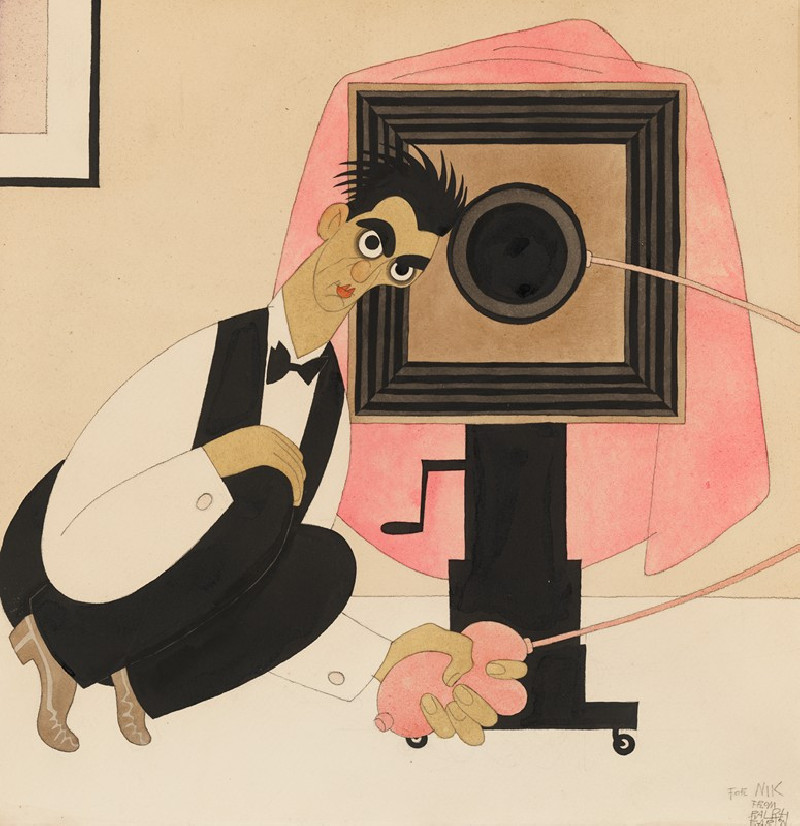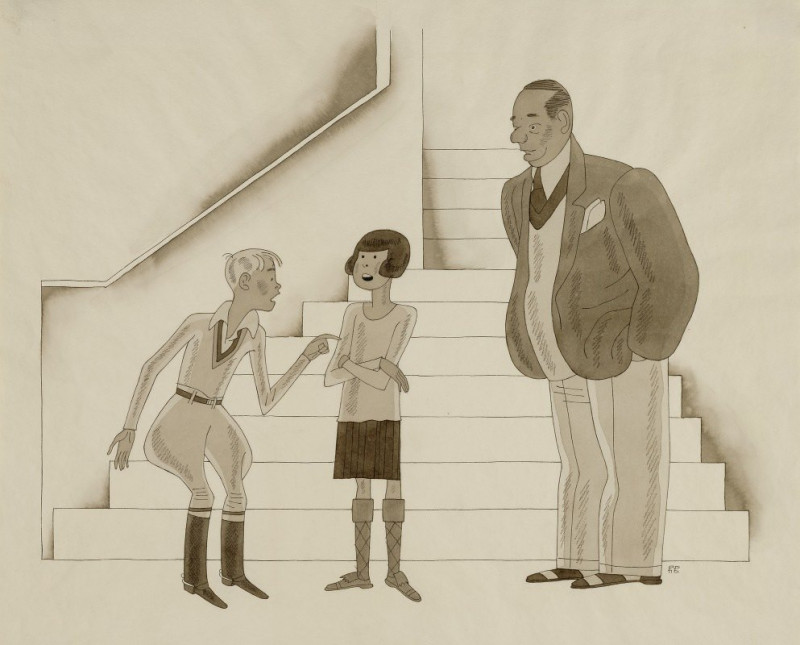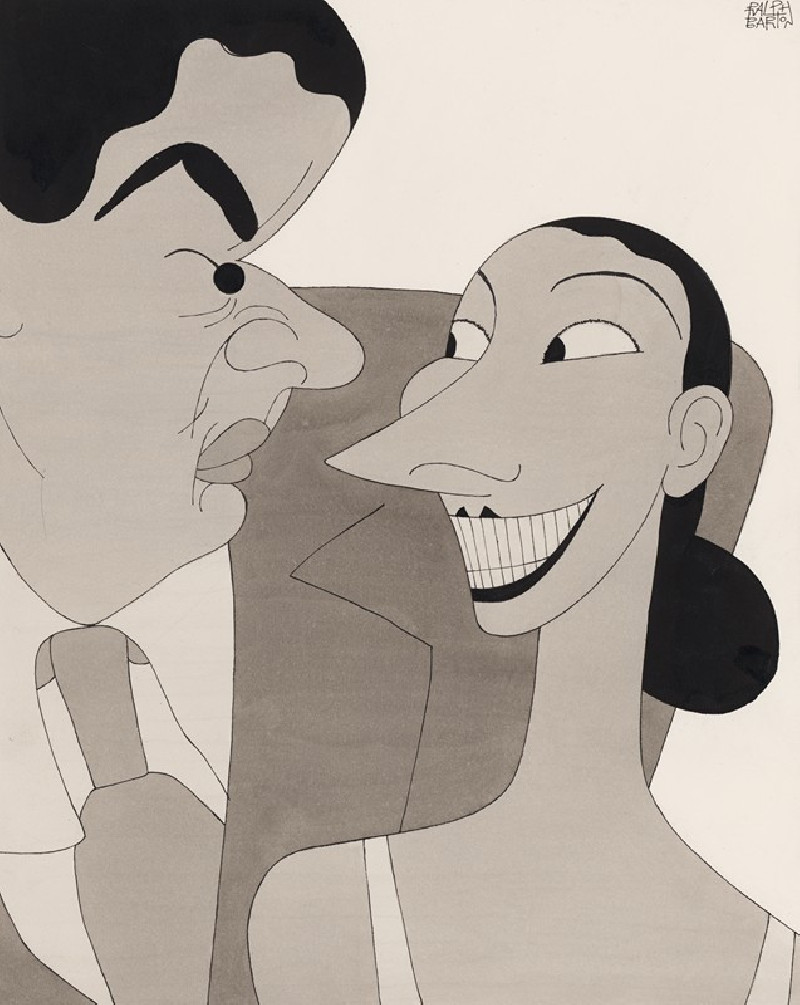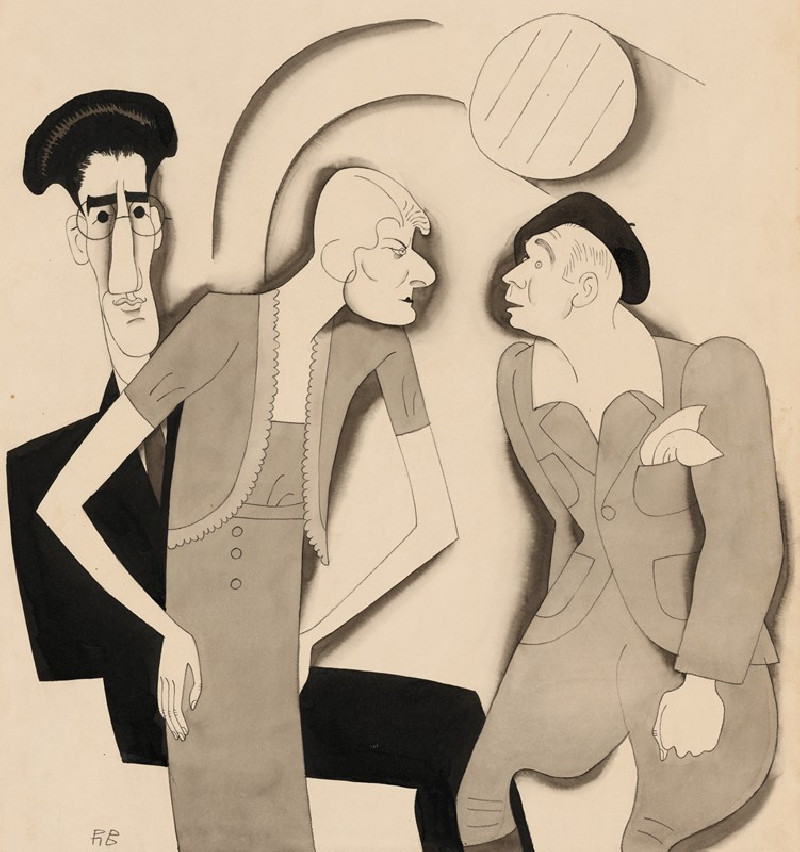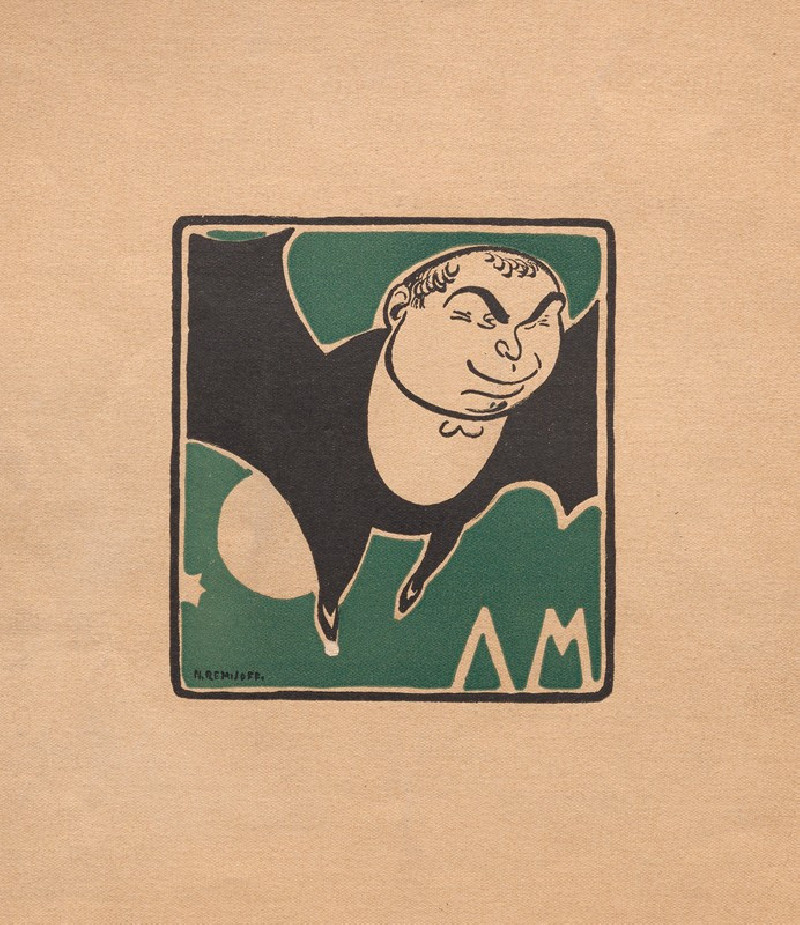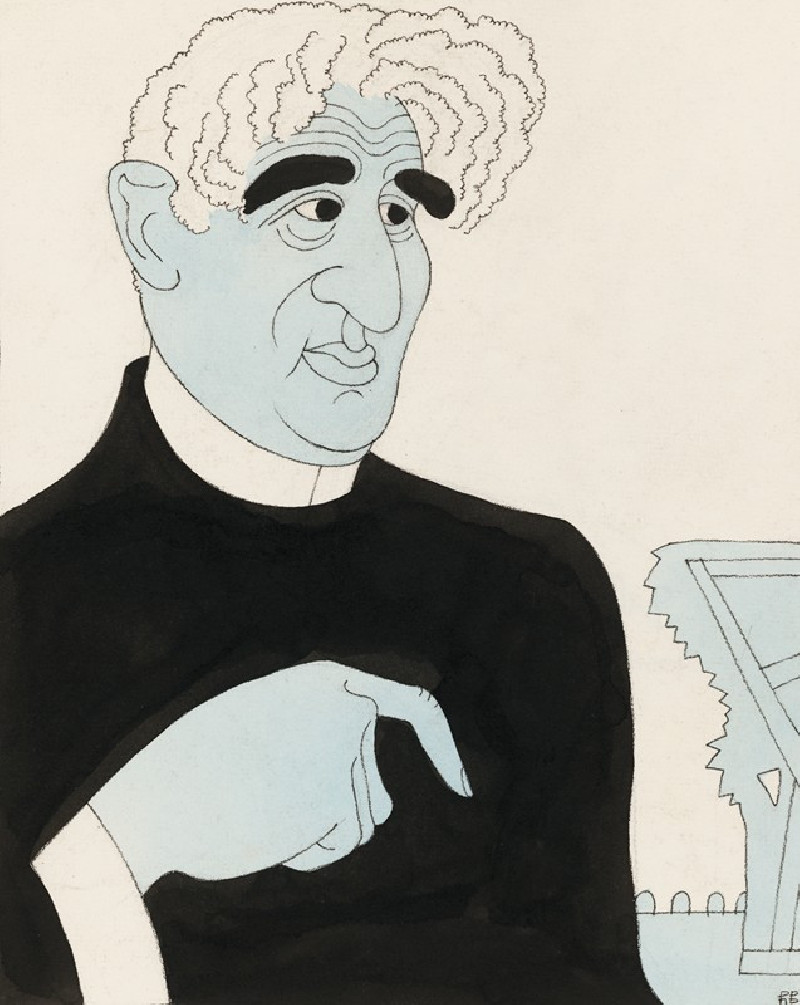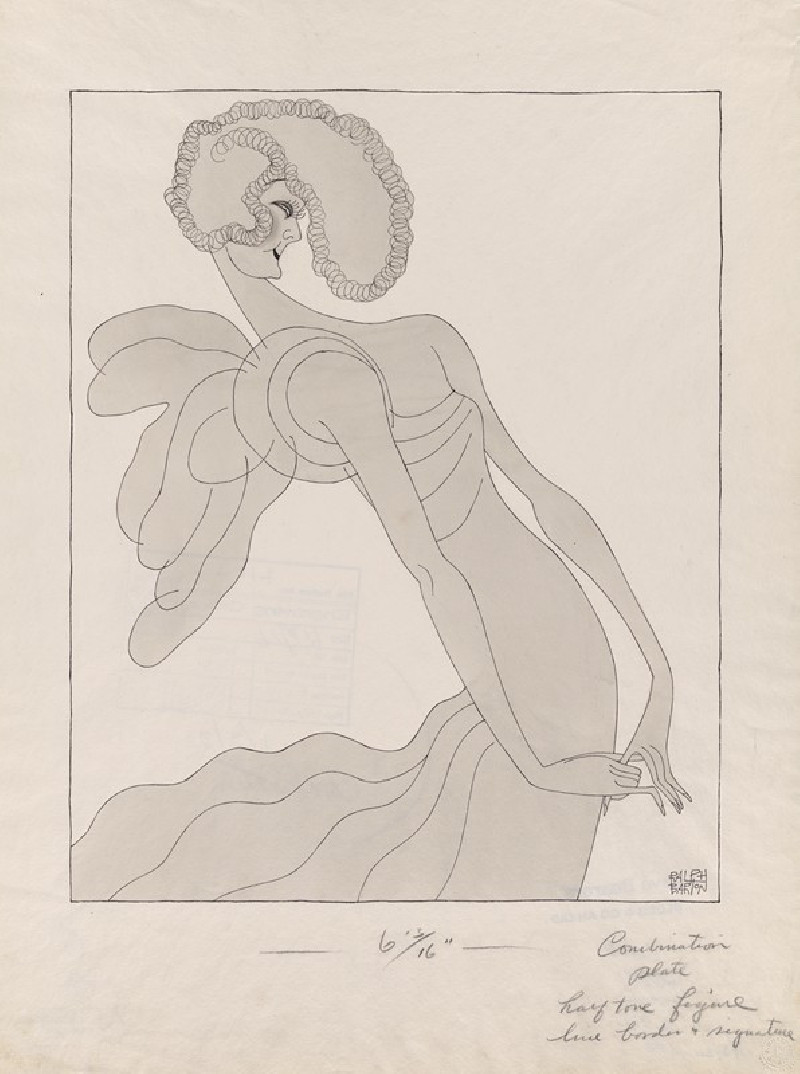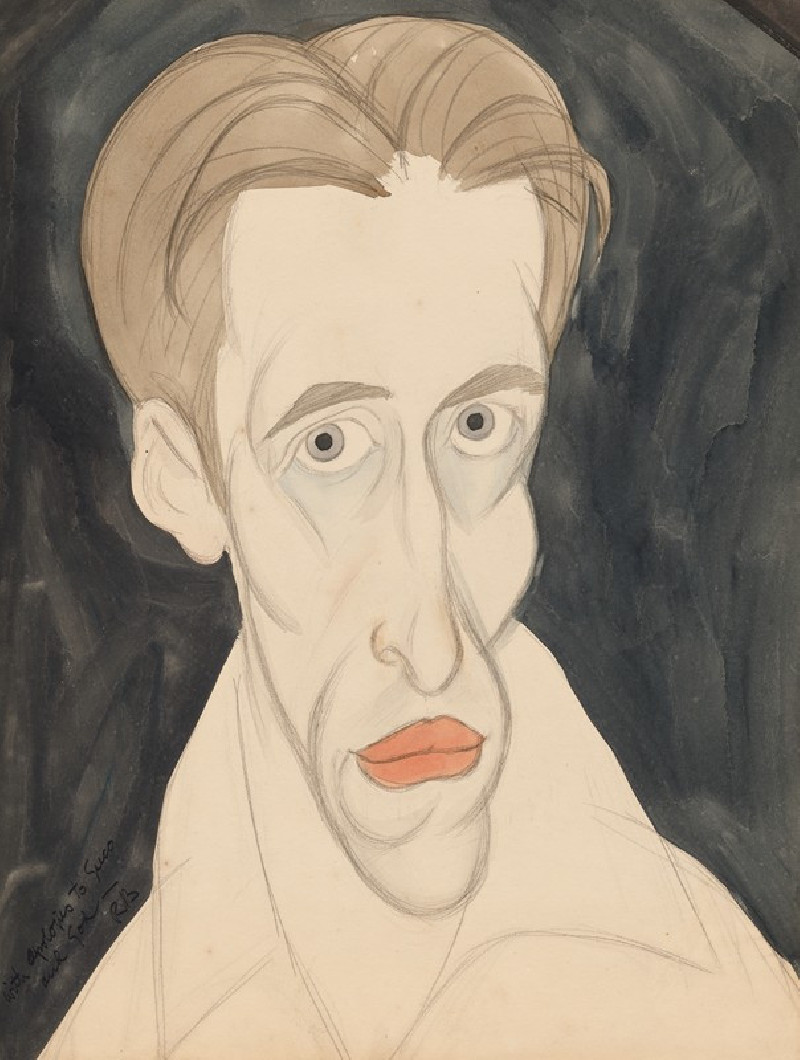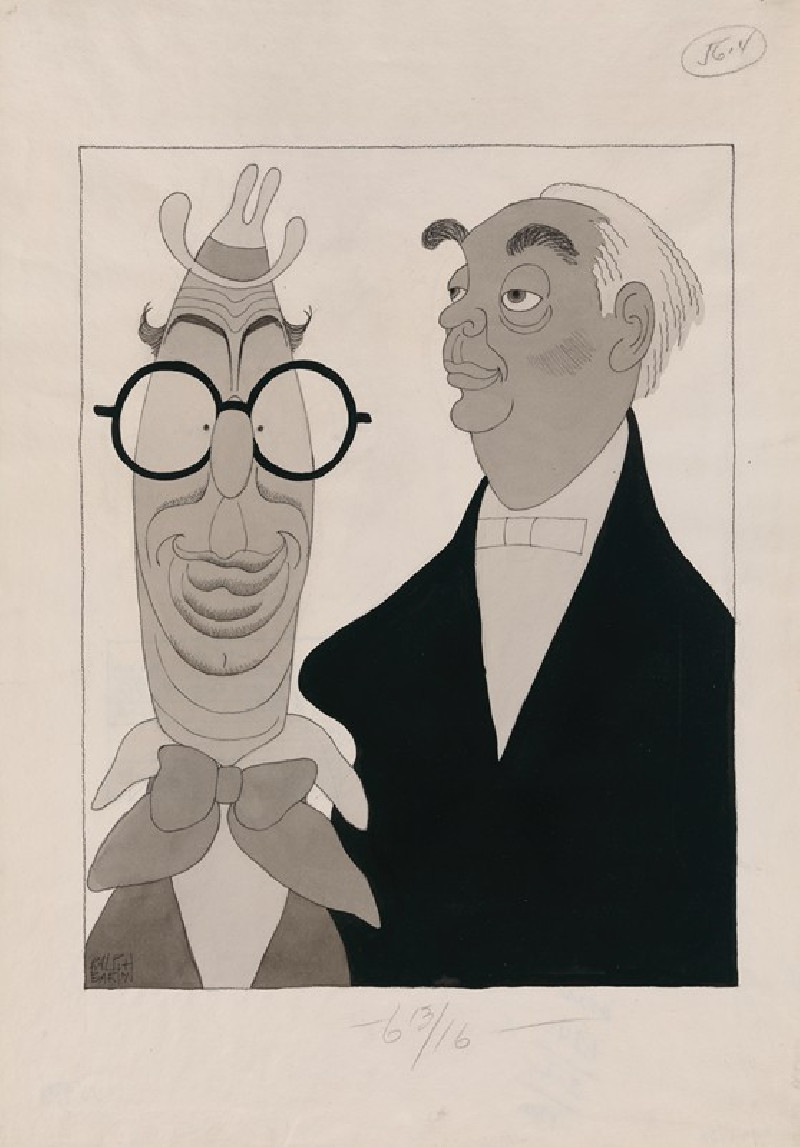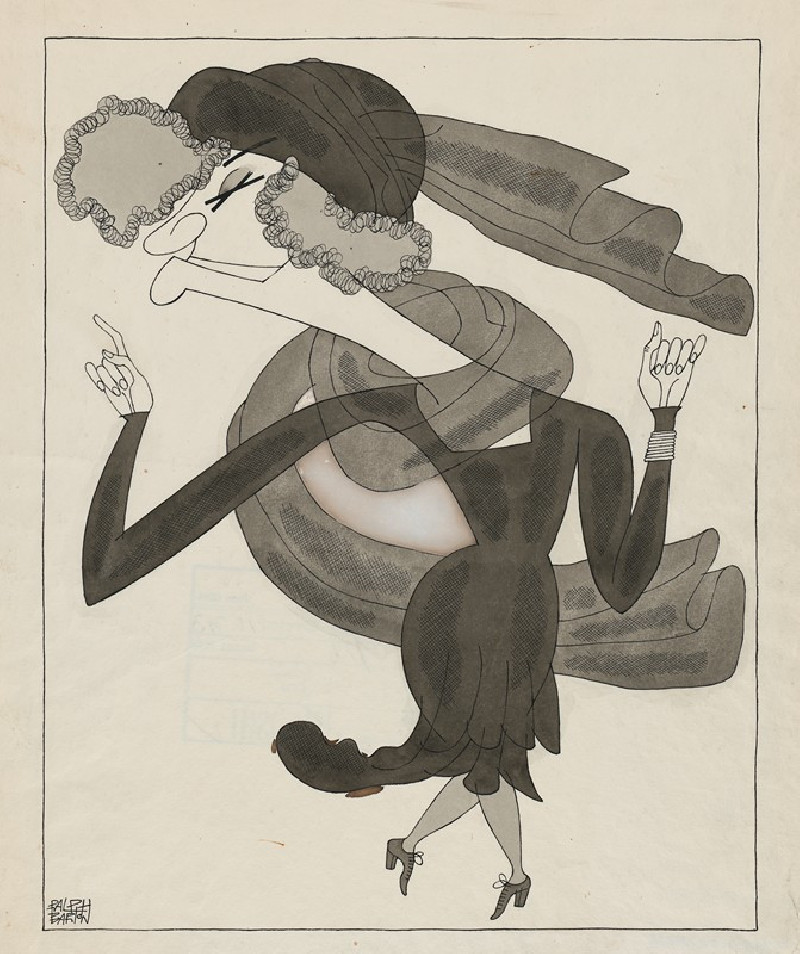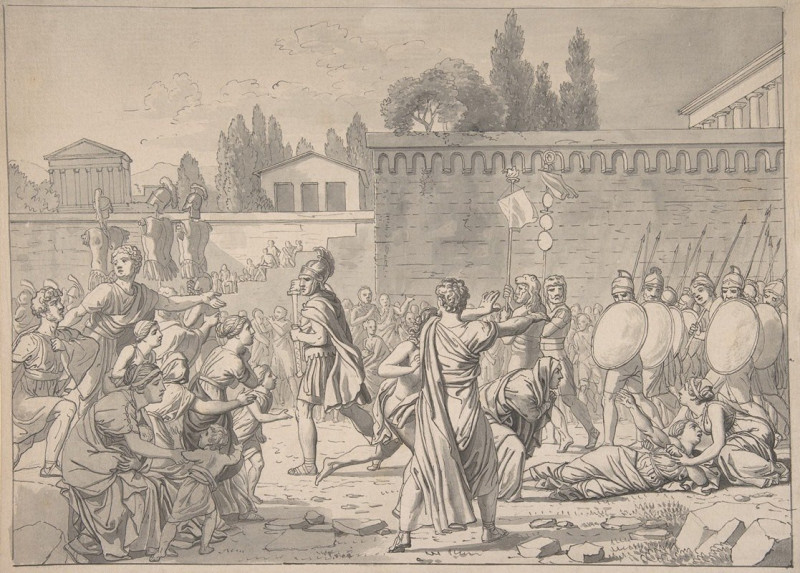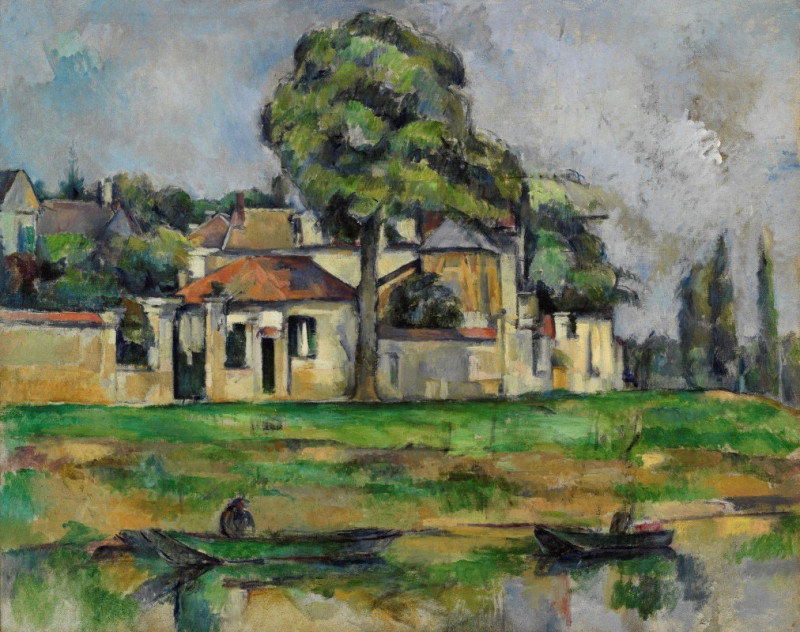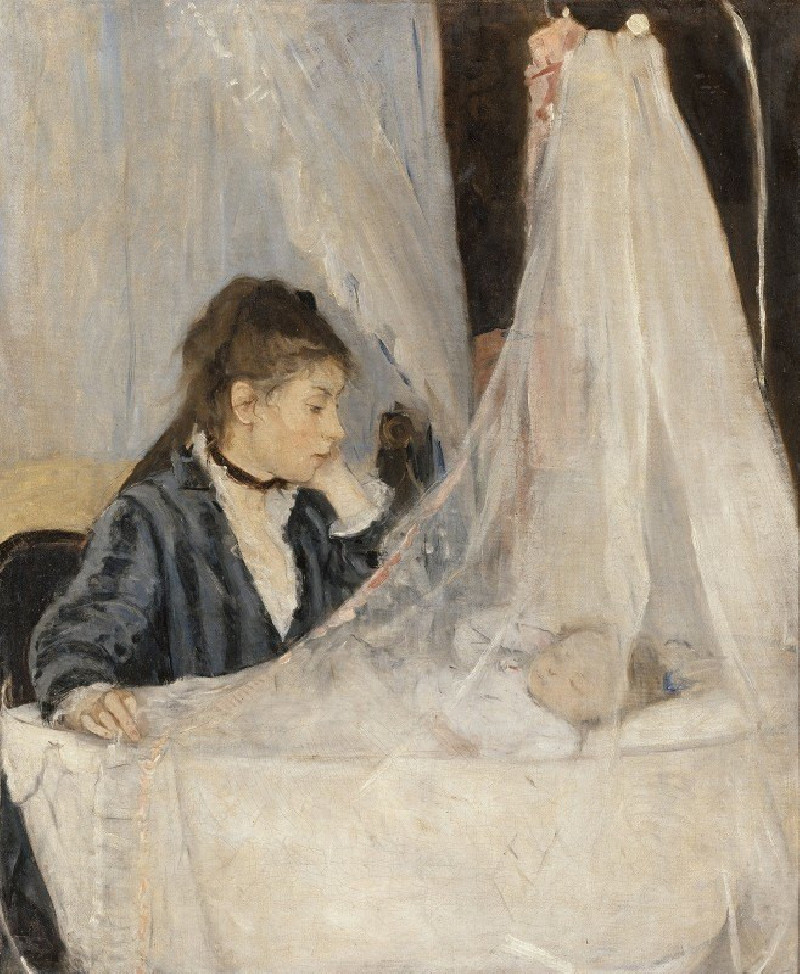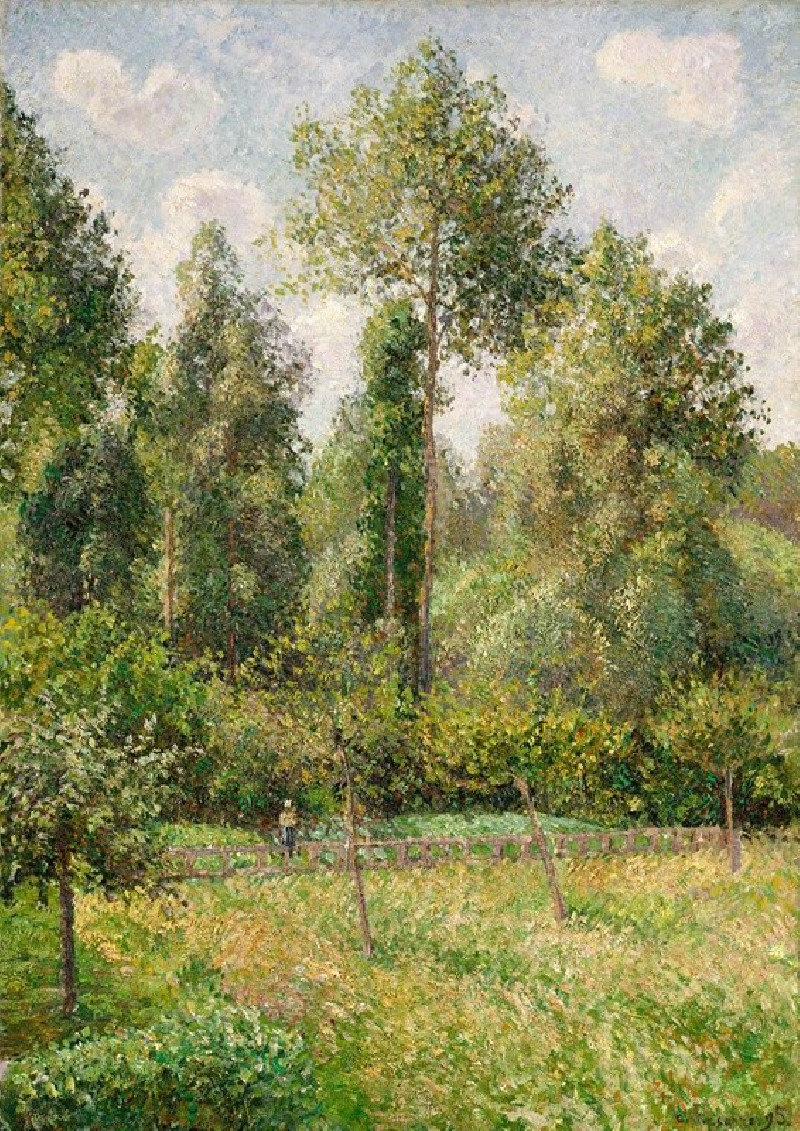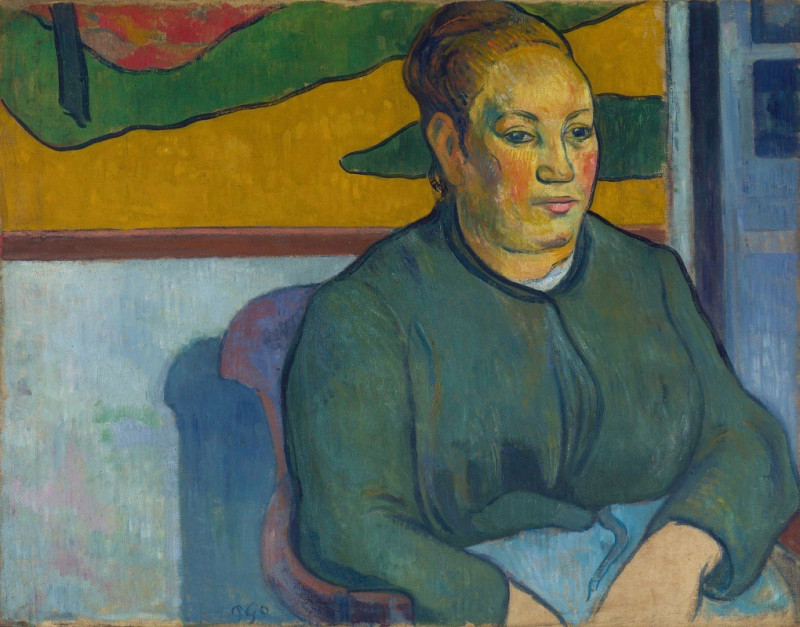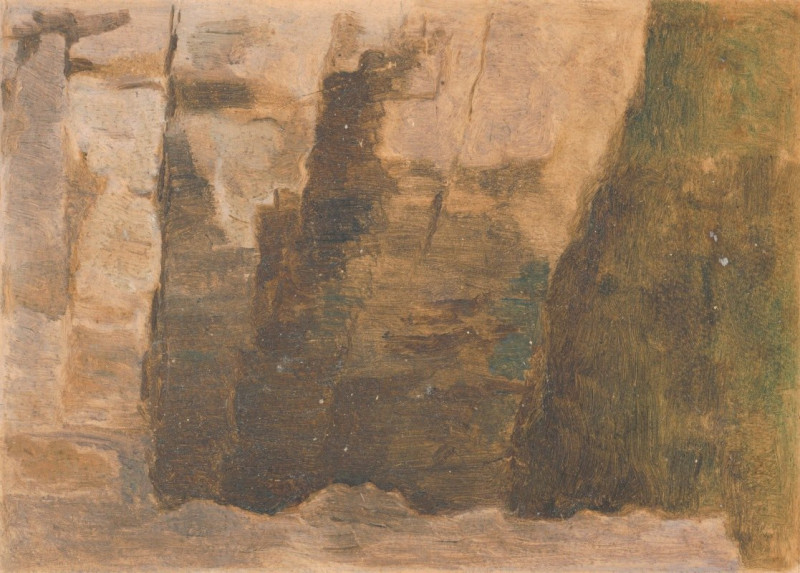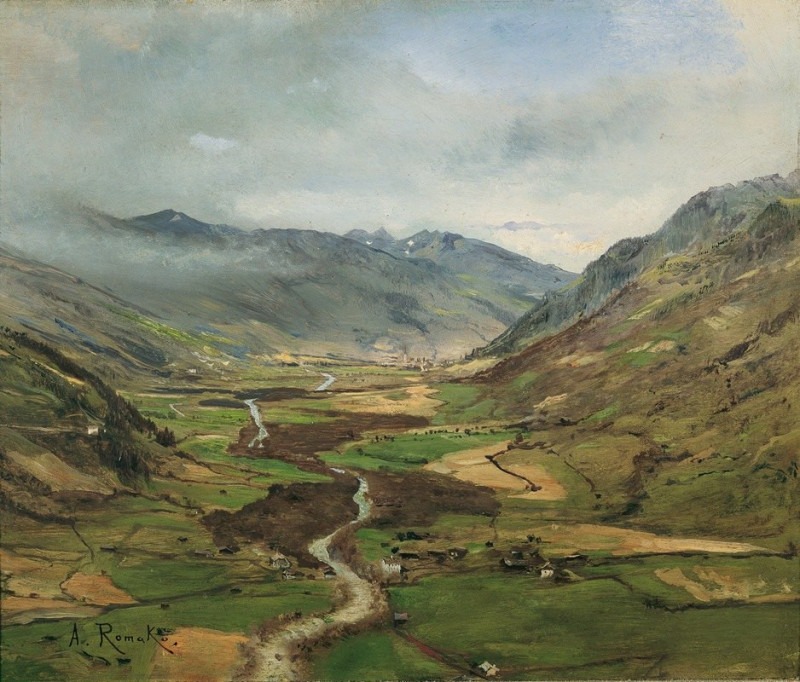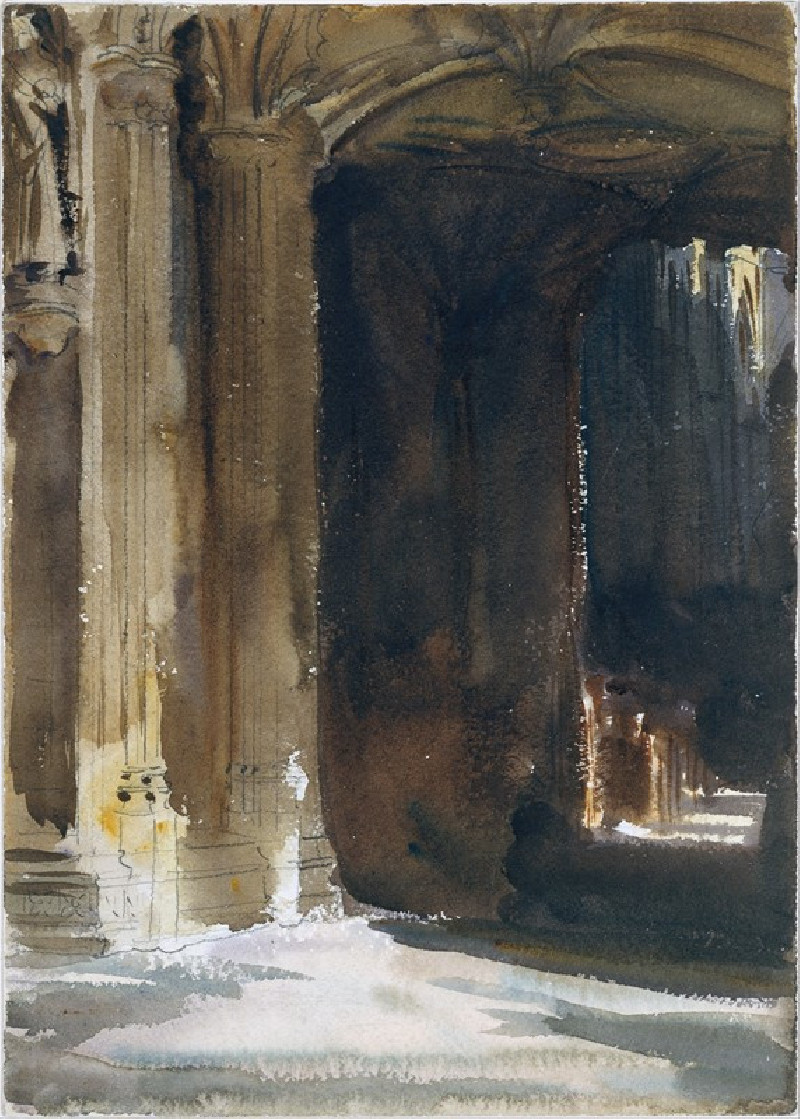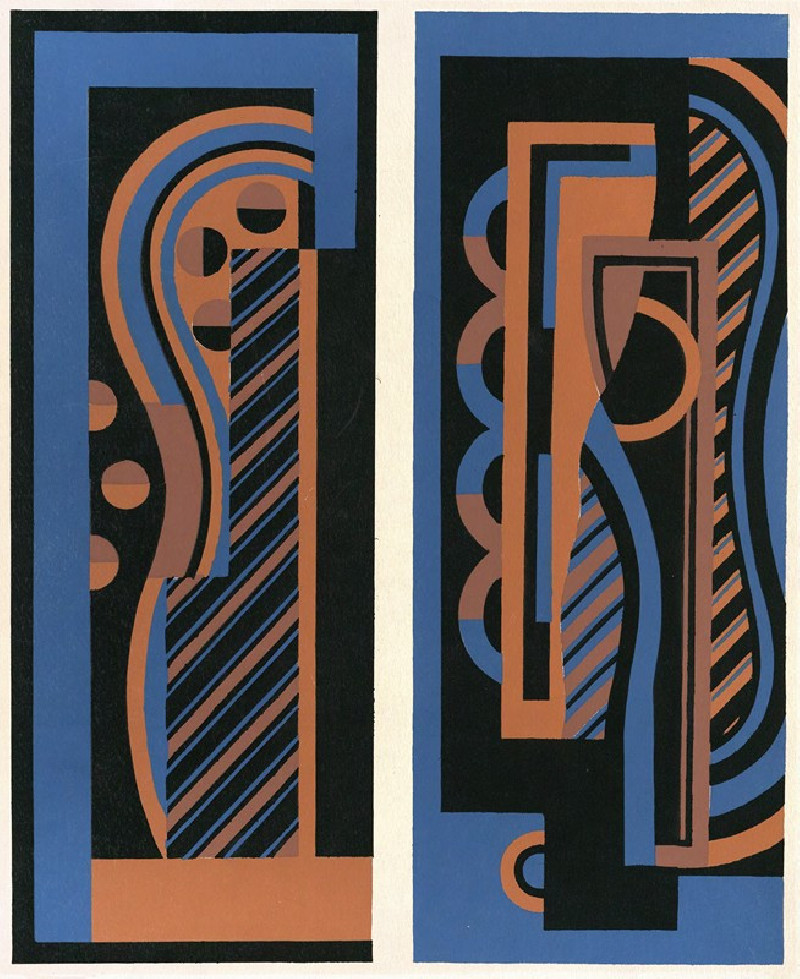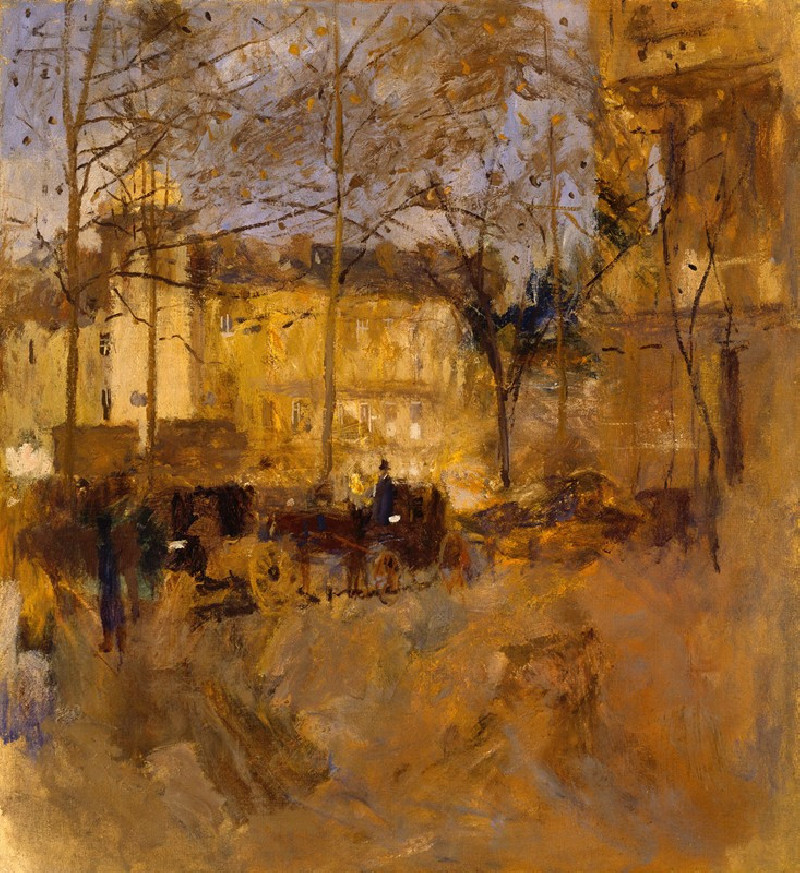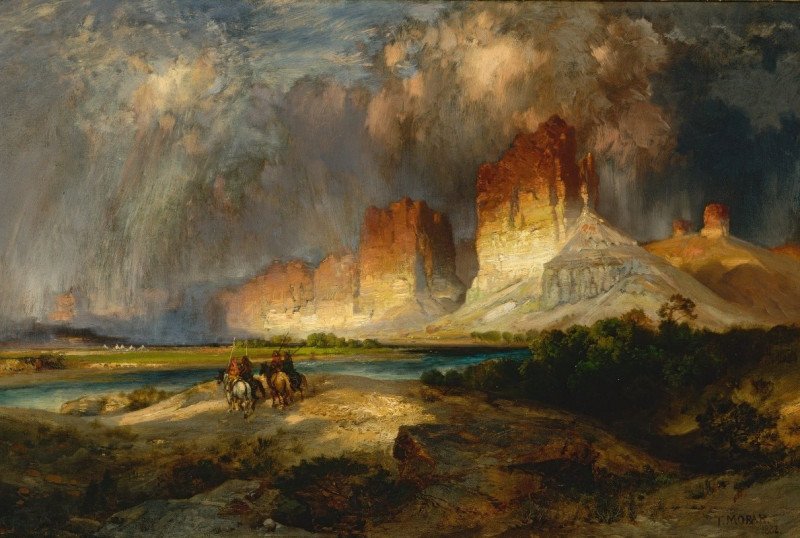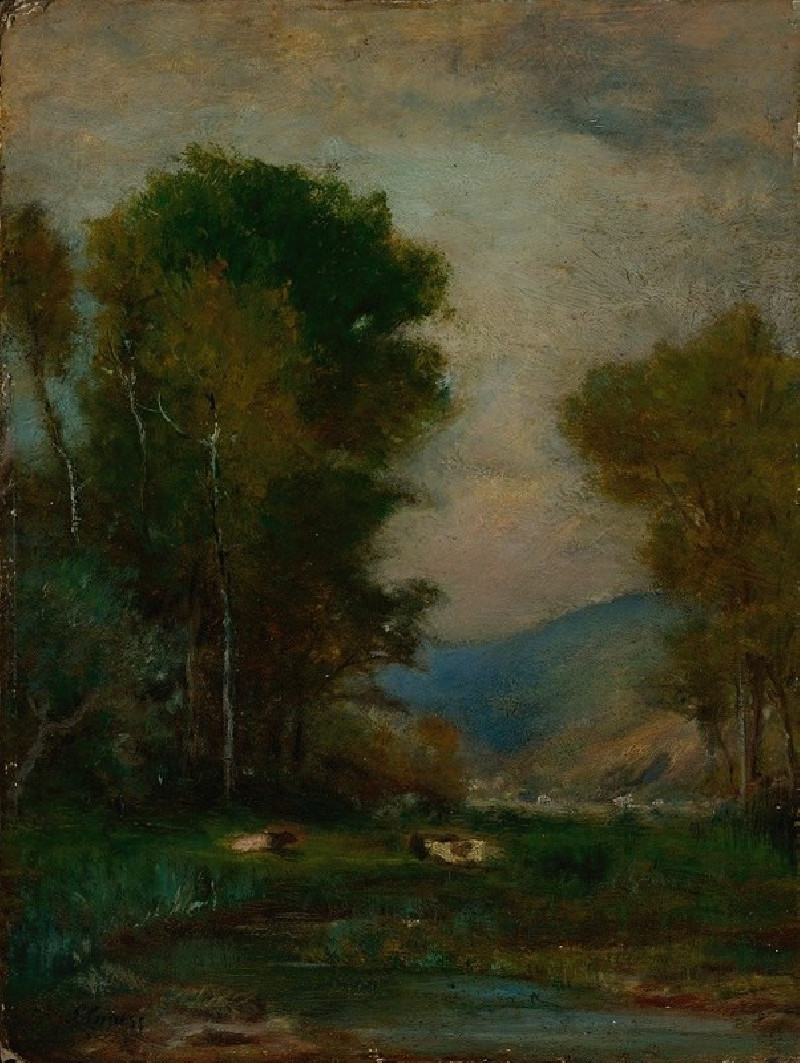Nickolas Muray (1930)
Technique: Giclée quality print
Recommended by our customers
More about this artwork
This captivating artwork, "Nickolas Muray (1930)" by Ralph Barton, exudes a whimsical and slightly irreverent charm, inherent to Barton's distinct style. At first glance, the painting features a caricature of a man in formal evening wear, a nod perhaps to the societal figures of the early 20th century. His exaggerated facial features—particularly the large, expressive eyes and the meticulous hair—intensify the playful tone of the painting.The man is crouched beside a large, old-fashioned camera, his one eye playfully peeking through its lens, highlighting his comic interaction with the technology of his time. The drawing uses a minimal color palette, dominated by soft beiges and bold blacks, with strategic uses of pink to add a vibrant contrast, focusing notably on the draped cloth behind the camera, which injects life and movement into the scene.Ralph Barton's artwork provides not just a visual delight but also a commentary on the era's burgeoning fascination with cinema and photography, possibly reflecting on Muray's own profession as a photographer.
Delivery
Returns
Ralph Waldo Emerson Barton was an American artist best known for his cartoons and caricatures of actors and other celebrities. Though his work was heavily in demand through the 1920s and is often considered to epitomize the era, his personal life was troubled by mental illness, and he was nearly forgotten soon after his suicide, shortly before his fortieth birthday.

